Dynamic pricing, or dynamic price determination in retail, is a highly debated topic today, particularly after ticket prices for Bruce Springsteen's latest tour skyrocketed. In light of immense presale prices of up to $5,000 per seat, the press is talking about "extortion", "astronomical prices" and "outrageously expensive tickets". The ticket provider responded by saying that it determines its ticket prices dynamically and according to demand – but this does not necessarily explain why ticket prices would grow to more than $5,000. This blog post explains why dynamic pricing alone is not to be blamed.
The term "dynamic pricing" is often used to describe a wide variety of dynamic pricing methods. These methods range from comparatively simple, rule-based to intelligent solutions that automatically process numerous influencing factors and make independent pricing decisions accordingly. In order to discuss the pros and cons of dynamic pricing objectively, it is crucial to understand why retailers rely on these technologies in the first place. Because, contrary to the media debate, most retailers do NOT engage in price optimization to "rip off" their customers or to disproportionately enrich themselves. In most cases, they do it simply to survive in the competitive retail landscape.
Even if dynamic pricing is often discussed in the context of hotels, flights or event tickets, (dynamic) price optimization is used across all industries today. Since the e-commerce giant Amazon started using dynamic pricing in the early 2000s, the technology has quickly become more widespread. As a result, competitive pressure has increased, especially in the past three years, due to strong fluctuations in both customer demand and purchasing prices. In many industries, it has therefore become necessary to dynamically adjust prices on a regular basis to remain competitive. In addition to public pressure, the retail sector's own demands require it to operate sustainably and profitably at the same time. This is only possible with adaptive pricing, which takes equal account of customer demand and the life cycle of the products. This task can no longer be accomplished with manual pricing processes, especially for retailers with broad assortments. To compete in the long term and achieve sustainable growth, most retailers are therefore dependent on a dynamic pricing approach.
And yet, not all dynamic pricing approaches work the same way. Each retailer decides how to use the available technologies to best support their business. Of course, it is technically possible to offer highly dynamic, hourly changing prices that are closely aligned with current customer demand. However, whether price jumps between $50 and $5,000 are allowed (as in the case of the Bruce Springsteen tickets) is entirely within the control of the individual retailer. In other words, if a concert ticket costs $5,000, this is likely exactly what the retailer intended. After all, regardless of which dynamic pricing technology a retailer uses, the retailer is not at the mercy of the price optimization solution. Even if prices are calculated by an AI-driven solution, the retailer (possibly with the guidance of the software provider) can and must configure it according to its strategy and, most importantly, define appropriate rule sets and limits.
So how should retailers configure their price optimization software to avoid customer backlash?
- The frequency of price adjustments should be flexible.
Dynamic pricing does not have to mean that prices change every hour. Weekly price changes can also help a retailer proactively position itself among the competition without confusing customers. - The volatility of price adjustments should be limitable.
This allows the retailer to define the maximum price increase and to rule out extreme price spikes in advance. - The dynamic pricing software should be monitored by the retailer.
Dynamic pricing methods (and especially AI-based solutions) are capable of independently calculating optimal prices for every single item. However, they simply follow the laws of mathematics. This could mean that simply high demand equals high prices and extreme demand equals extreme prices. From a purely mathematical point of view, this is a valid conclusion. And it is precisely this scenario where the retailer is required to take responsibility and ensure that the software operates within the boundaries of morality and ethics. By doing so, extreme prices are generally ruled out.
With a powerful yet sophisticated dynamic pricing solution, you can benefit from competitive price management – without allowing extreme prices like those of the Bruce Springsteen tickets. This applies to any product, not just concert tickets or flights. To successfully leverage dynamic pricing, it is critical to create synergy between humans and machines by defining the limits for the solution's decision-making to protect strategy and customer relationships. Would you like to learn more about how this is accomplished in practice? Feel free to contact me directly via This email address is being protected from spambots. You need JavaScript enabled to view it. or visit one of our web seminars.


